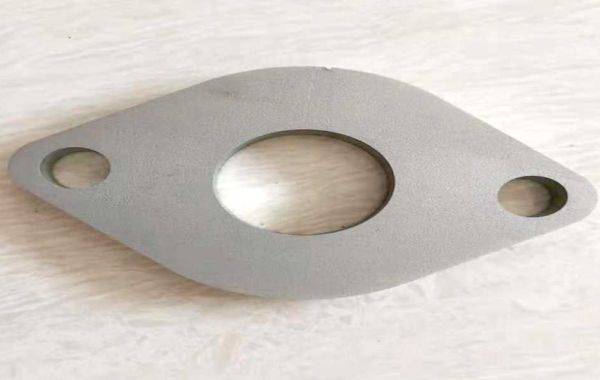Scrubs, the ubiquitous uniform of healthcare professionals, are more than just clothing. They represent professionalism, hygiene, and practicality in a demanding environment. From surgeons to nurses, technicians to therapists, scrubs signify a commitment to patient care and symbolize the vital role these individuals play in our health system.
History:
The evolution of scrubs is intertwined with the advancement of medical practices. Early surgical attire consisted of white gowns, symbolizing purity. However, the advent of brighter operating room lights revealed a glaring issue: the intense reflection of white caused eye strain. Consequently, the shift towards less reflective colors like green and blue began, offering a more comfortable visual experience for surgeons. These colors also offer a better contrast against red, making bloodstains less visually jarring and potentially distracting during procedures.
Functionality and Benefits:
The practical design of scrubs prioritizes both comfort and protection:
Ease of Sterilization: Scrubs are typically made from durable fabrics that can withstand high temperatures and frequent washing, facilitating effective sterilization and infection control.
Comfort and Mobility: Loose-fitting designs allow for a full range of motion, essential for the physically demanding tasks healthcare professionals perform daily.
Protection: Scrubs act as a barrier against bodily fluids and potentially infectious materials, minimizing the risk of exposure to pathogens.
Identification: Scrubs readily identify healthcare workers, streamlining communication and ensuring efficient coordination within a busy medical setting.
Professionalism: The consistent appearance of scrubs fosters a sense of professionalism and instills confidence in patients, contributing to a positive healthcare experience.
Variety and Specialization:
Scrubs come in a variety of styles, colors, and patterns. Different colors are often associated with different departments or roles within a hospital, aiding in quick identification. For instance, surgical teams might wear specific shades of green or blue, while other departments might opt for different colors. Scrubs also come in various styles, including tops, pants, dresses, and jackets, catering to individual preferences and specific needs.
Evolution and Future:
The design and functionality of scrubs continue to evolve. Modern scrubs often incorporate advanced fabric technologies, offering enhanced breathability, moisture-wicking properties, and antimicrobial resistance. With ongoing advancements in textile technology, we can expect further improvements in comfort, protection, and durability, ensuring that scrubs remain a vital component of healthcare attire for years to come. Furthermore, personalization and stylistic variations are becoming increasingly popular, allowing healthcare professionals to express their individuality while maintaining a professional appearance.








